Filter News
Area of Research
- (-) Materials Synthesis from Atoms to Systems (8)
- (-) Neutron Science (21)
- Advanced Manufacturing (4)
- Biological Systems (4)
- Biology and Soft Matter (3)
- Building Technologies (3)
- Chemical and Engineering Materials (2)
- Chemistry and Physics at Interfaces (5)
- Clean Energy (68)
- Climate and Environmental Systems (6)
- Computational Biology (1)
- Computational Chemistry (4)
- Computational Engineering (1)
- Computer Science (1)
- Earth Sciences (1)
- Energy Frontier Research Centers (6)
- Fossil Energy (1)
- Fuel Cycle Science and Technology (1)
- Functional Materials for Energy (8)
- Geographic Information Science and Technology (1)
- Materials (73)
- Materials for Computing (7)
- Materials Under Extremes (5)
- Neutron Data Analysis and Visualization (2)
- Nuclear Science and Technology (12)
- Nuclear Systems Technology (1)
- Quantum Condensed Matter (2)
- Renewable Energy (3)
- Sensors and Controls (1)
- Supercomputing (37)
- Transportation Systems (4)
News Topics
Media Contacts
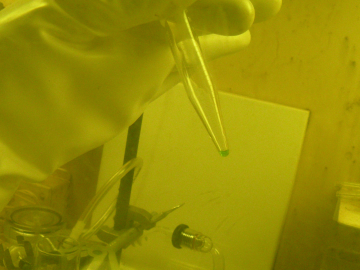
The International Union of Pure and Applied Chemistry (IUPAC) Inorganic Chemistry Division has published a Provisional Recommendation for the names and symbols of the recently discovered superheavy elements 113, 115, 117, and 118.
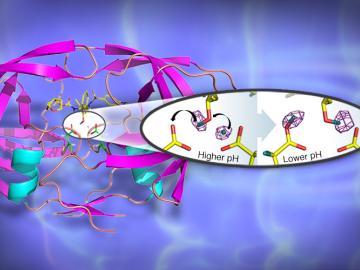
A team led by the Department of Energy’s Oak Ridge National Laboratory used neutron analysis to better understand a protein implicated in the replication of HIV, the retrovirus that causes AIDS. The enzyme, known as HIV-1 protease, is a key drug target for HIV and AIDS therapies. &nbs...
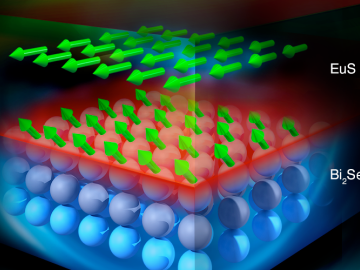
A multi-institutional team of researchers has discovered novel magnetic behavior on the surface of a specialized material that holds promise for smaller, more efficient devices and other advanced technology.
Researchers at the Department of Energy’s Oak Ridge Natio...
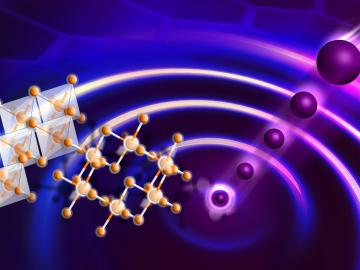
Researchers at the Department of Energy’s Oak Ridge National Laboratory used neutrons to uncover novel behavior in materials that holds promise for quantum computing. The findings, published in Nature Materials, provide evidence for long-sought phenomena in a two-dim...
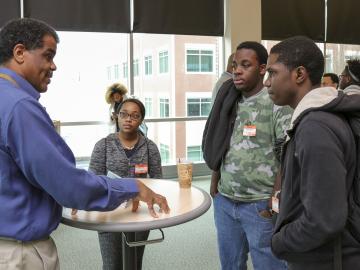
About 30 Austin-East High School students from Knoxville participated in the National “My Brother’s Keeper Day” at Oak Ridge National Laboratory.
The goal of the White House initiative is designed to help boys and young men of color reach their full potential.
...

For more than 50 years, scientists have debated what turns particular oxide insulators, in which electrons barely move, into metals, in which electrons flow freely.

Throw a rock through a window made of silica glass, and the brittle, insulating oxide pane shatters. But whack a golf ball with a club made of metallic glass—a resilient conductor that looks like metal—and the glass not only stays intact but also may drive the ball farther than conventional clubs. In light of this contrast, the nature of glass seems anything but clear.
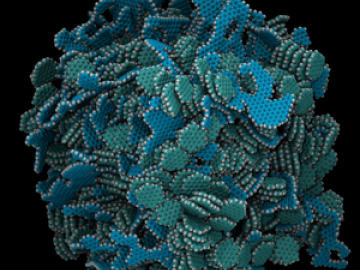
When Orlando Rios first started analyzing samples of carbon fibers made from a woody plant polymer known as lignin, he noticed something unusual. The material’s microstructure -- a mixture of perfectly spherical nanoscale crystallites distributed within a fibrous matrix -- looked almost too good to be true.
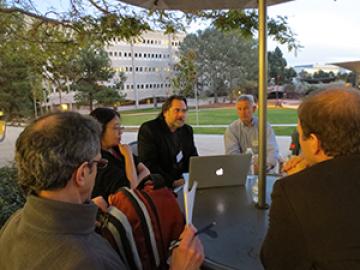
The Department of Energy’s Oak Ridge National Laboratory concluded a series of workshops this month that engaged scientists from around the country to identify grand scientific challenges and how they might be addressed through application of neutron science.
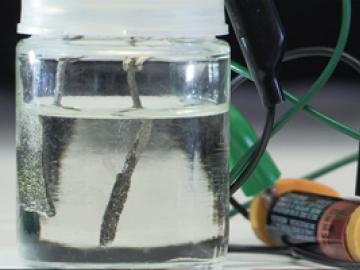
In 2015, American consumers will finally be able to purchase fuel cell cars from Toyota and other manufacturers. Although touted as zero-emissions vehicles, most of the cars will run on hydrogen made from natural gas, a fossil fuel that contributes to global warming.




